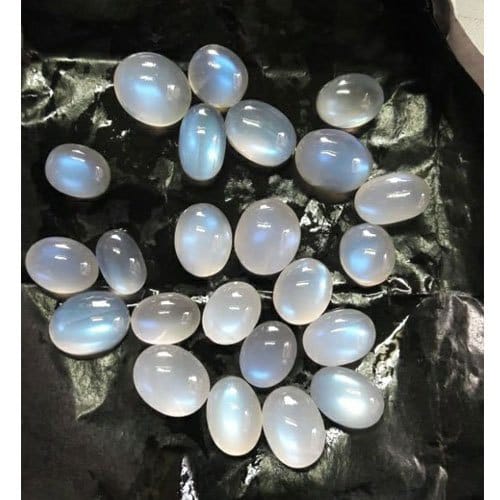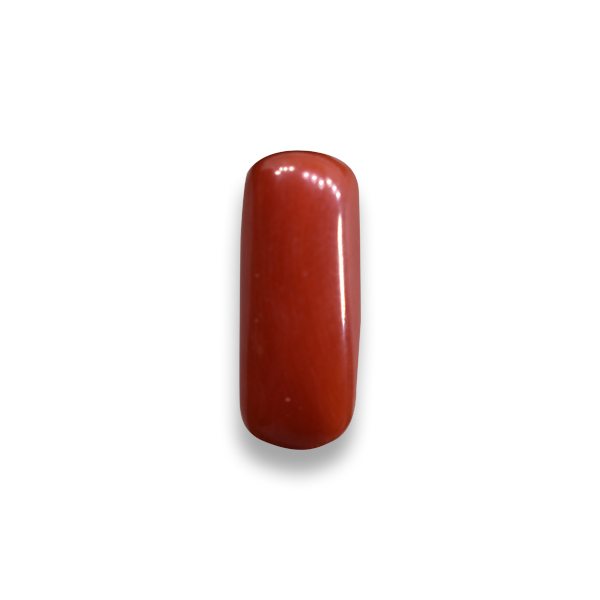Product Details
Onex stone, often referred to as Onyx, is a semi-precious gemstone belonging to the chalcedony family of minerals, which is a variety of quartz. Onyx is known for its striking black color, often accompanied by white bands or layers, though it can also come in shades of brown, red, green, and other hues. In ancient cultures and modern spiritual practices, Onyx is revered for its grounding properties, strength, and protection. Key Characteristics of Onyx Stone: Color: The most commonly recognized color of Onyx is black, but it can also be found in other colors like green, red, white, and brown. The black variety is typically solid, but some specimens feature white or brown bands. Composition: Onyx is a form of cryptocrystalline quartz, consisting of fine intergrowths of silica minerals, quartz, and moganite. Hardness: 6.5 to 7 on the Mohs scale, making it a durable stone that is suitable for everyday jewelry. Origin: Onyx is found in various regions worldwide, including India, Brazil, Mexico, and the USA. Astrological Significance of Onyx: Onyx is often associated with Saturn (Shani) in Vedic astrology, symbolizing protection, endurance, and discipline. It is considered helpful for individuals going through difficult Saturn periods or Sade Sati (the seven-and-a-half-year Saturn transit). Planetary Association: Saturn (Shani) Associated Zodiac Signs: Onyx is often recommended for those born under the sign of Capricorn (Makar) and Aquarius (Kumbha), but it can benefit anyone seeking grounding and protection from negative energies. Astrological Benefits: Strengthens discipline, focus, and perseverance, particularly in times of hardship. Enhances self-confidence and helps in overcoming fear and anxiety. Offers protection from negativity, ill-wishing, and bad luck. Promotes physical and mental stamina, making it beneficial for athletes, businesspeople, and students. It is believed to help calm turbulent emotions and bring balance during challenging periods. Healing and Metaphysical Properties of Onyx: Grounding Energy: Onyx is a powerful grounding stone that helps stabilize emotions, making it useful for people dealing with stress, grief, or mental fatigue. Protection: Historically, Onyx has been used as a protective stone to ward off negative energy and psychic attacks. It creates a shield around the wearer, blocking harmful influences. Emotional Strength: Onyx is believed to provide inner strength and mental fortitude, making it ideal for individuals working through difficult emotional situations or personal challenges. Chakra Alignment: Black Onyx is closely associated with the Root Chakra (Muladhara), which governs grounding, stability, and physical vitality. By balancing the Root Chakra, Onyx helps create a sense of security and stability. Spiritual and Cultural Significance: Ancient Beliefs: In ancient Rome, Onyx was used to create seals and amulets due to its protective powers. Warriors wore Onyx for courage and strength during battle. Symbolism in Various Cultures: Onyx has long been associated with protection and strength across many cultures. In feng shui, it is used to neutralize negative energy in homes and workplaces. Spiritual Growth: Onyx is also believed to help connect individuals to their higher selves, providing clarity of thought, spiritual insight, and emotional balance. Types of Onyx: Black Onyx: The most popular and widely known variety, prized for its deep black color and protective qualities. Green Onyx: This variety is often dyed and is typically associated with heart chakra healing, promoting love, compassion, and emotional well-being. Sardonyx: A type of Onyx with alternating layers of black, white, and brown or red bands, often used in cameos and carvings. White Onyx: A rarer variety, often used to promote purity, clarity, and peace. Uses in Jewelry: Onyx is widely used in various forms of jewelry, including rings, necklaces, bracelets, and earrings. Its dark, elegant appearance makes it especially popular in men’s jewelry. It is often cut as cabochons or beads and can be paired with metals like silver, platinum, or gold for a striking contrast. Onyx is also commonly used in intaglios (engraved gems) and cameos (relief-carved gems) due to its layered structure. How to Identify Genuine Onyx: Color: Genuine black Onyx is typically a deep, solid black, though it may also display fine banding. Other Onyx varieties will have distinctive layers or bands of different colors. Feel: Real Onyx is heavier than imitation stones or dyed materials and will feel cool to the touch initially. Luster: Onyx has a waxy to vitreous luster when polished, giving it a smooth, shiny surface. Certification: If purchasing high-quality Onyx, it’s best to get a gemstone certification from a reputable gemological lab to verify its authenticity. Care and Maintenance: Though Onyx is relatively durable, it should be protected from harsh impacts and abrasions due to its moderate hardness. Avoid exposing the stone to chemicals like bleach, harsh detergents, or cleaning agents, as these can damage its surface. To clean Onyx, simply use warm, soapy water and a soft cloth, making sure to dry it completely after cleaning. Store Onyx jewelry separately to prevent scratching by harder gemstones like diamonds. Market Value: The value of Onyx depends on its color, size, and quality. Black Onyx is the most common and generally more affordable than rarer varieties like Sardonyx or high-quality green Onyx. Onyx stones with deep, uniform colors, minimal inclusions, and fine polish command higher prices.
Delivery done in 3 days from date of purchase
Order now to get this product delivery





















